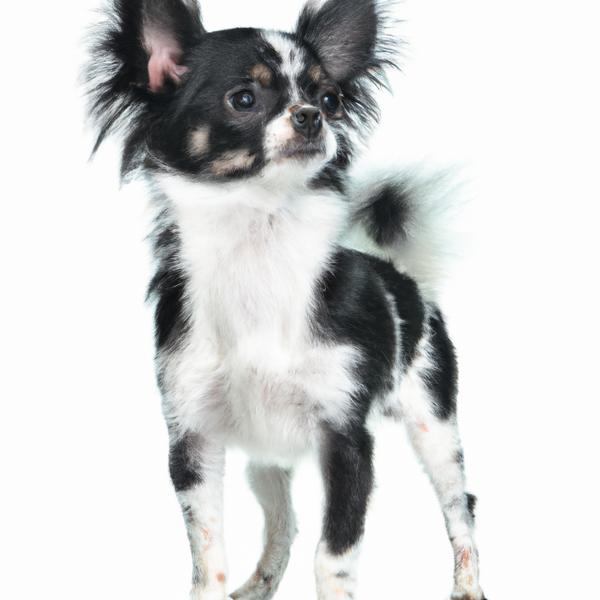Chin-Ocker vs. Peke-A-Boo: Breed Differences and Similarities
Hypoallergenic
Are Chin-Ockers or Peke-A-Boos hypoallergenic, or neither?
Unfortunately, neither Chin-Ocker nor Peke-A-Boo are hypoallergenic, which may not make them the best choice for dog lovers who suffer from pet allergies.
Temperament
What are the personalities of Chin-Ocker and Peke-A-Boo dogs?
Playful
Loving
Independent
Alert
Intelligent
Friendly
Affectionate
Loyal
Trainable
Quiet
Faithful
Active
Playful
Stubborn
Intelligent
Affectionate
Loyal
Devoted
Aggressive
Good-natured
Calm
Faithful
Easygoing
Opinionated
Earnest
Willing
Serene
Shedding Level
Do Chin-Ockers shed more than Peke-A-Boos, or which breed sheds more, Chin-Ockers or Peke-A-Boos?
Chin-Ockers are moderate shedders, but regular brushing can reduce shedding and maintain coat health.
Peke-A-Boos are low shedding dogs, requiring minimal coat care.
Origin
What is the origin of Chin-Ocker and Peke-A-Boo dog breeds?
United States
United States
Ancestry
What are the origins of Chin-Ocker and Peke-A-Boo breeds?
Japanese Chin, Cocker Spaniel
Pekingese and Bolognese
Date of Birth
When were Chin-Ocker and Peke-A-Boo breeds first developed?
2000s
Unknown
Eye Color Possibilites
What are the eye colors of Chin-Ocker and Peke-A-Boo dogs?
Brown
Brown
Nose Color Possibilites
What are the natural nose colors of Chin-Ocker and Peke-A-Boo?
Black
Black
Coat Color Possibilites
What are the natural colors of the coat for Chin-Ocker and Peke-A-Boo breeds?
Cream
White
Pied
Fawn
Brown
Black
White
Coat Length
What is the typical coat length for Chin-Ocker and Peke-A-Boo breeds?
Chin-Ockers have longer coats compared to most dogs.
Peke-A-Boos have medium-length coats.
Coat Density
What is the density of the coat of Chin-Ocker and Peke-A-Boo?
Litter Size
What is the usual litter size for Chin-Ocker and Peke-A-Boo?
A Chin-Ocker can have a litter of 6-8 puppies on average. However, it's worth noting that the size of the litters can vary greatly. Factors that can influence litter size include the health of the mother, breeding history, and genetics.
A Peke-A-Boo can have a litter of 2-5 puppies on average. However, it's worth noting that the size of the litters can vary greatly. Factors that can influence litter size include the health of the mother, breeding history, and genetics.
Adaptability
Chin-Ocker and Peke-A-Boos are known for their adaptability and versatility. They are capable of adapting well to a wide range of lifestyle changes and living environments, making them great companions for families and individuals of all lifestyles.
Health Issues
Between Chin-Ocker and Peke-A-Boo, which breed is more prone to health problems?
While the Chin-Ocker breed is generally healthy, occasional vet check-ups are still necessary to address any health concerns.
Peke-A-Boos typically have low vet costs due to their good health, but it's important to monitor their health and seek vet care when necessary.
Major Concerns
What are the major health concerns for Chin-Ocker and Peke-A-Boo breeds?
Hip Dysplasia
Patellar Luxation
Entropion
Cataracts
Hip Dysplasia
Skin Fold Dermatitis
Legg-Calve-Perthes Disease
Brachycephalic Syndrome
Exposure Keratopathy Syndrome
Progressive Retinal Atrophy (PRA)
Minor Concerns
What minor health issues should be kept in mind when owning Chin-Ocker and Peke-A-Boo?
Ear Infections
Patellar Luxation
Cataracts
Glaucoma
Corneal Dystrophy
Atopy Dermatitis
Otitis Externa
KCS
Allergies
Hydrocephalus
Eye Disease
Mitral Valve Disease
Occasional Tests
What occasional tests are recommended for Chin-Ocker and Peke-A-Boo breeds?
Eye Examination
Physical Examination
Radiographs
Hip
Knee
Heart
X-Rays
Dental Examination
Respiratory Tests
Eye examination
Full Physical Examination
Allergy Testing
Social Needs
Chin-Ocker vs Peke-A-Boo social needs comparison
Chin-Ocker has very high social needs and requires regular mental and physical stimulation, a job or purpose, and companionship.
Peke-A-Boo has above average social needs and thrives with interaction with humans and other dogs.
Sleeping Need
Which of the two sleeps the most/least: Chin-Ocker or Peke-A-Boo?
Chin-Ockers have moderate energy levels and typical sleep patterns of 12-14 hours per day.
Peke-A-Boos are known for their relaxed and calm nature and enjoy long periods of sleep.
Mouthiness
Mouthiness Comparison: Chin-Ocker vs Peke-A-Boo?
Roaming urge
Chin-Ocker vs Labrador: Running away tendency?
Prey Drive
Chin-Ocker or Peke-A-Boo - which breed has a higher level of prey drive?
Activity Level
Which breed has higher energy, Chin-Ockers or Peke-A-Boos?
Chin-Ockers are medium-energy dogs and typically enjoy socializing and playing casual or even sustained games of chase with other dogs. They may also have occasional periods of barking or racing around the house.
Peke-A-Boos are low-energy dogs. This breed make a great companion for a relatively inactive person. Peke-A-Boo dogs require a few short daily walks, and then they're happy snuggling next to you for the rest of the day.
Tolerance of being left alone
Walks per Week
How many miles should Chin-Ocker or Peke-A-Boo walk each week?
There's really no limit to how far you walk your dog as long as they're comfortable. For Chin-Ocker, it's at least 8 miles / week. Just remember to build distance and stamina gradually over time.
There's really no limit to how far you walk your dog as long as they're comfortable. For Peke-A-Boo, it's at least 6 miles / week. Just remember to build distance and stamina gradually over time.
Activity per Day
Do Chin-Ockers or Peke-A-Boos require more exercise?
In general most Chin-Ockers usually need at least 60 minutes of exercise daily. This can be spread across the day and include all sorts of high-energy activities, like walking, running and playing.
In general most Peke-A-Boos usually need at least 25 minutes of exercise daily. This can be spread across the day and include all sorts of high-energy activities, like walking, running and playing.
Grooming
Which breed is easier to maintain in terms of grooming, Chin-Ockers or Peke-A-Boos?
The Chin-Ocker requires an average amount of grooming compared to other breeds.
Peke-A-Boos require significant grooming, including regular trims and professional grooming assistance to maintain their coat. They may also require frequent bathing to keep their coat and skin healthy.
Brushing Frequency
What is the recommended brushing frequency for Chin-Ocker and Peke-A-Boo dogs?
Chin-Ocker should be brushed at least once a week. Of course you can give them more frequent brushes if you find that they are still shedding a lot
Ideally, Peke-A-Boo should be brushed at least 2 or 3 times a week (preferably daily) improve shedding.
Brushing Tools
What brushing tools are used for Chin-Ockers and Peke-A-Boos?
Slicker Brush
Dematter
Comb
Nail Clipper
Pin Brush
Slicker Brush
Comb
Nail Clipper
Cups
How much food should be given to Chin-Ocker or Peke-A-Boo in cups?
Chin-Ocker and Peke-A-Boo share the same recommended daily food intake of 1 cups, although the appropriate quantity may vary depending on the quality and nutritional content of their food.
Daily Cost
Which breed has a higher daily cost, Chin-Ocker or Peke-A-Boo?
Chin-Ocker and Peke-A-Boo have a similar average daily cost of around $1.10 - $1.40.
Monthly Cost
Which breed has a higher monthly cost, Chin-Ocker or Peke-A-Boo?
The average per month expenses of a Chin-Ocker is between $35 - $42. This makes an average of $420 - $504 per year. It will be on the higher side when the dog is still small because it will need more frequent visits to the vet, shots.
The average per month expenses of a Peke-A-Boo is between $28 - $42. This makes an average of $336 - $504 per year. It will be on the higher side when the dog is still small because it will need more frequent visits to the vet, shots.
Sensitivity Level
How do Chin-Ocker and Peke-A-Boo compare in sensitivity?
These breeds are more sensitive than others and easily overwhelmed by new surroundings and people. Chin-Ocker and Peke-A-Boo need gentle handling and a calm, stable home environment with positive reinforcement training.
Apartment Friendly
Which breed is more apartment-friendly: Chin-Ocker or Peke-A-Boo?
Chin-Ockers and Peke-A-Boos are known for being excellent apartment dogs. They are fairly active indoors and will do okay without a yard.
Child Friendly
Do Chin-Ockers or Peke-A-Boos have a friendlier temperament towards children?
Chin-Ockers are good with kids if socialized and trained from a young age.
Peke-A-Boos have an average level of friendliness towards children.
Senior-friendly
Which dog is more suitable as a pet for the elderly - Chin-Ocker or Peke-A-Boo?
Cat Friendly
Do Chin-Ocker or Peke-A-Boo breeds have a better compatibility with cats?
Chin-Ockers and Peke-A-Boos are very cat friendly dogs. They generally make good companions for cats.
Dog Friendly
Which breed is more sociable with other dogs: Chin-Ocker or Peke-A-Boo?
Chin-Ockers and Peke-A-Boos are friendly, active and loyal companions. They generally love to be around other dogs, making them a good family pet for some.
Pet friendly
How do Chin-Ocker or Peke-A-Boo dogs interact with other pets?
Stranger Friendly
Which breed is more friendly with strangers: Chin-Ocker or Peke-A-Boo?
Chin-Ocker and Peke-A-Boo are friendly dogs and typically won't bark at strangers. However, if you wish to change this behavior, training them is easy thanks to their intelligence, making it pretty simple to teach them anything.
Playfulness
Which breed is more playful between Chin-Ocker and Peke-A-Boo?
Chin-Ockers are a playful breed that needs daily playtime to be happy.
Peke-A-Boos are not known for being a highly playful breed.
Trainability
How do the trainability levels of Chin-Ockers and Peke-A-Boos compare?
Chin-Ocker and Peke-A-Boo dogs are known for their ease of training and ability to learn quickly, making them a popular choice for pet owners and trainers alike.
Compare Chin-Ocker with other breeds
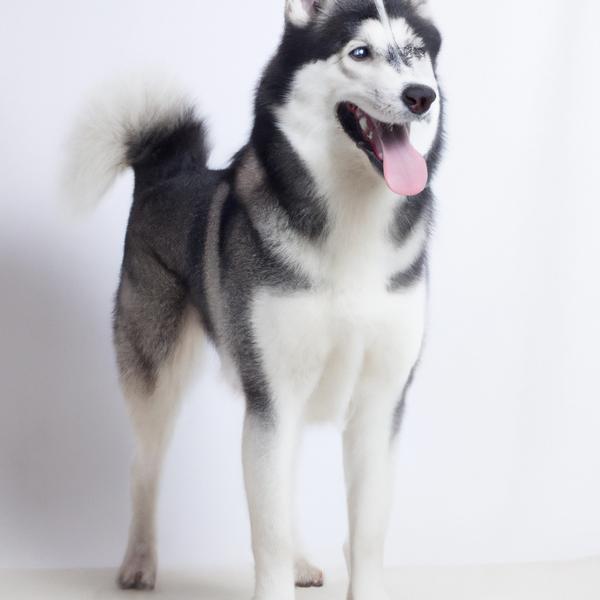
Husker
Chin-Ocker vs Husker
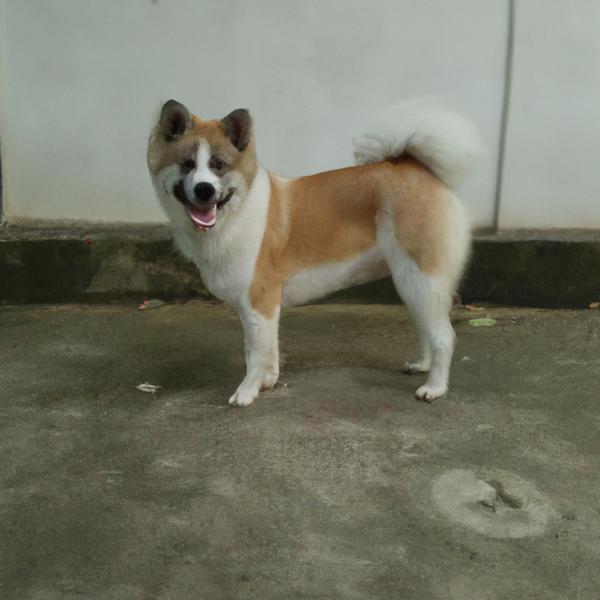
Baskimo
Chin-Ocker vs Baskimo
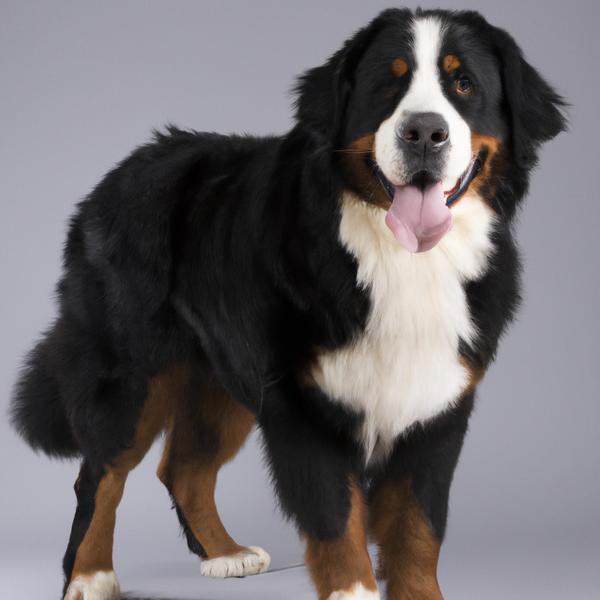
Saint Bernese
Chin-Ocker vs Saint Bernese
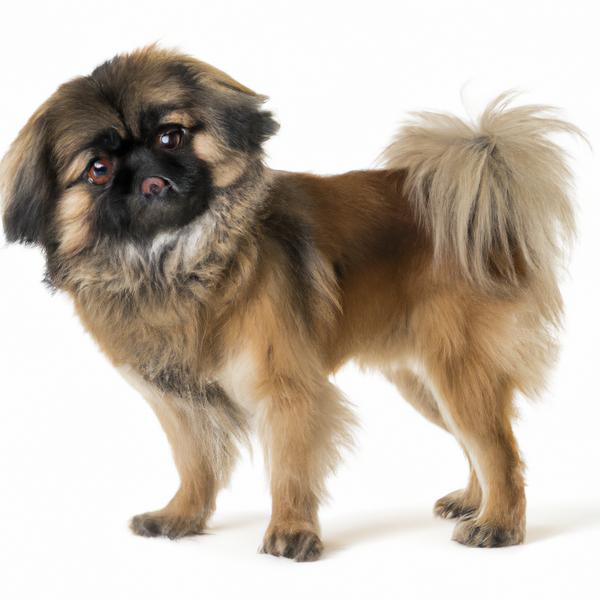
Peke-A-Boo
Chin-Ocker vs Peke-A-Boo
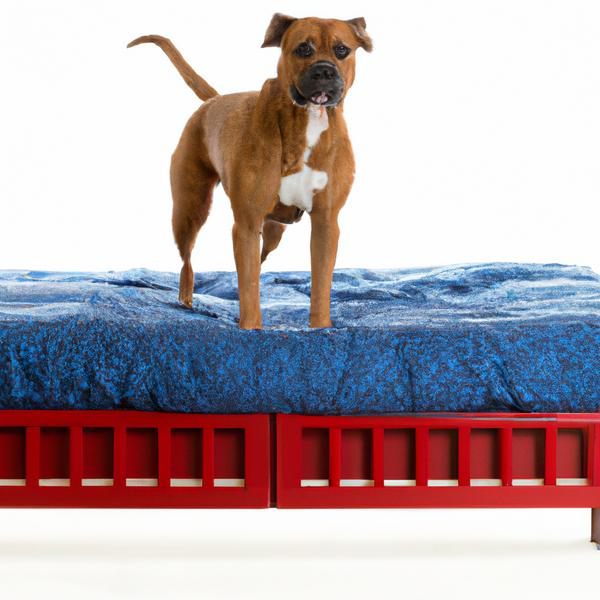
Boxspring
Chin-Ocker vs Boxspring
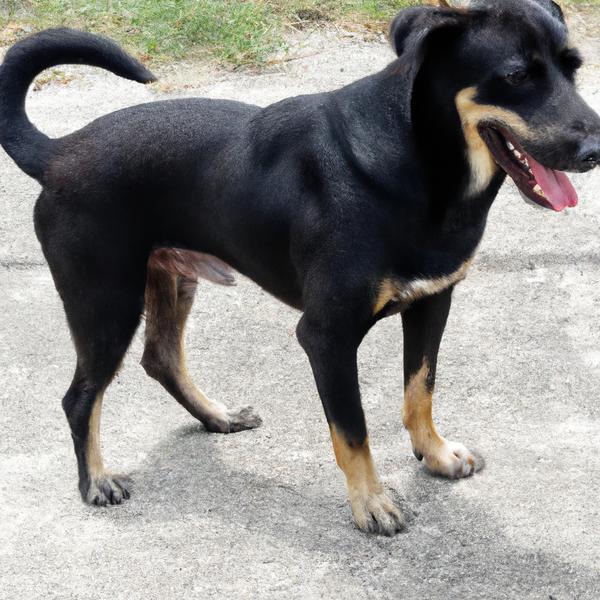
Malanees
Chin-Ocker vs Malanees
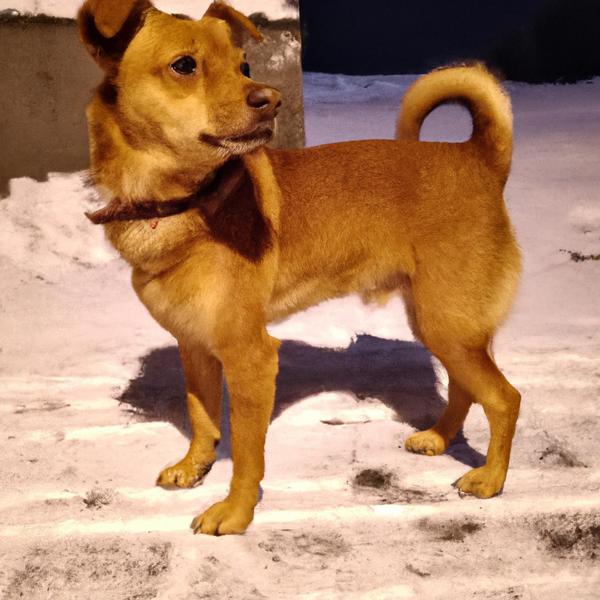
Pekarin
Chin-Ocker vs Pekarin
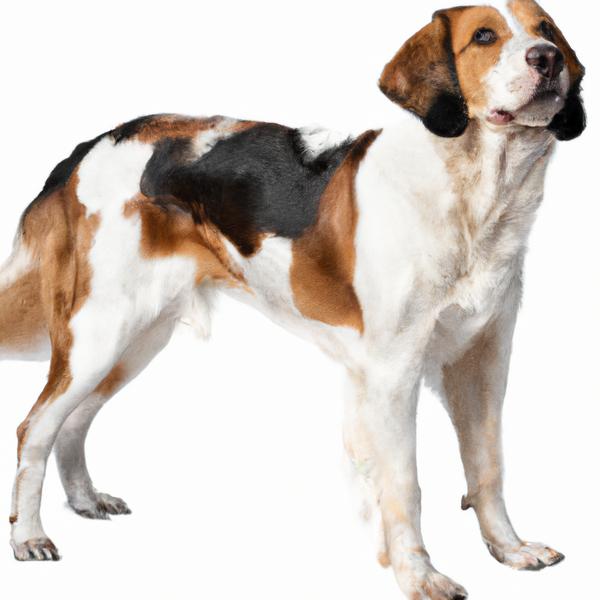
Italian Greagle
Chin-Ocker vs Italian Greagle
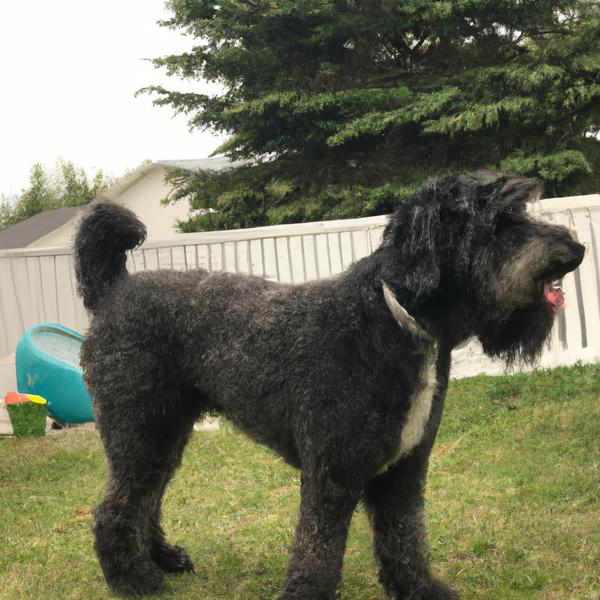
Giant Schnoodle
Chin-Ocker vs Giant Schnoodle
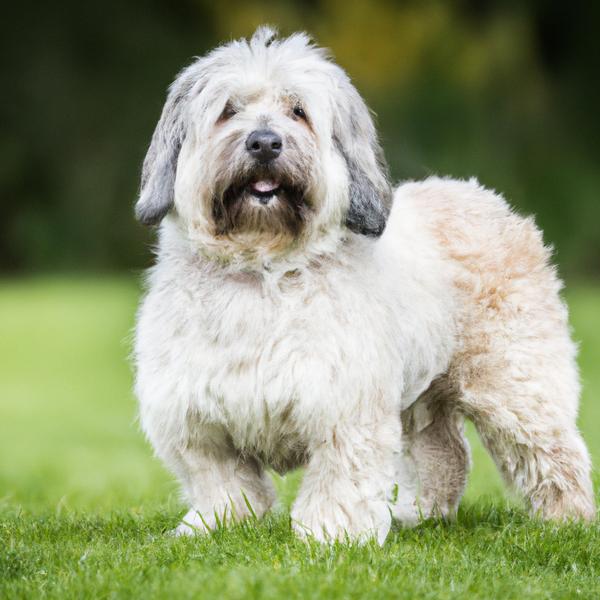
Wel-Chon
Chin-Ocker vs Wel-Chon
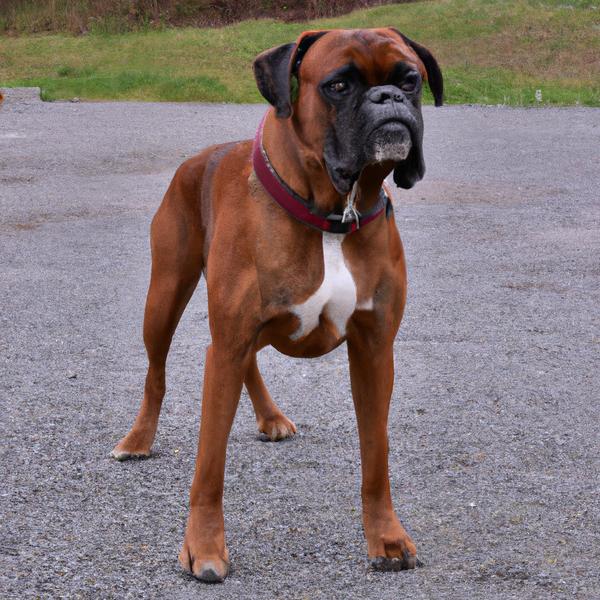
Dogue de Boxer
Chin-Ocker vs Dogue de Boxer

Poo-Ton
Chin-Ocker vs Poo-Ton
